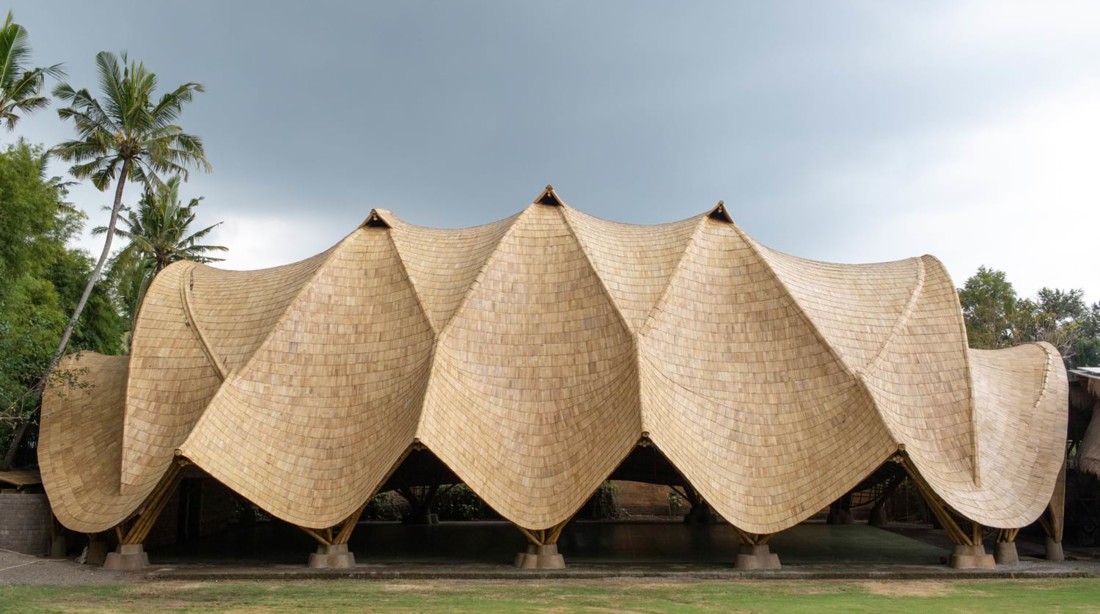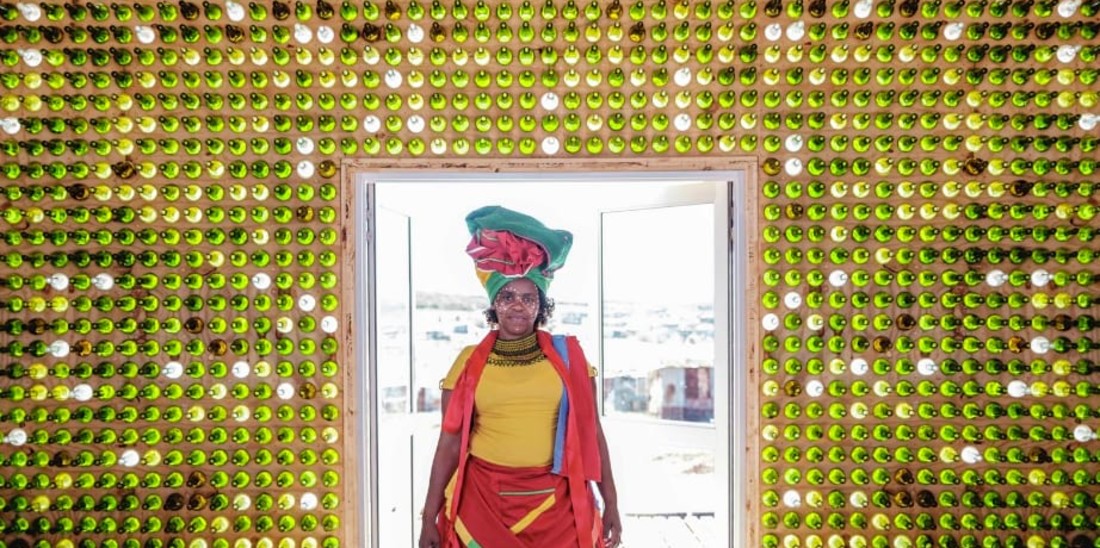The way we build and operate our buildings today is a major contributor to climate change and requires a fast transition to align the built environment with the climate goals. Accelerating this transition is a main objective of the Toni Piëch Foundation and Bauhaus Earth. As an interdisciplinary think-and-do tank, Bauhaus Earth works together with architects and experts on reimagining regenerative ways to build and live.
A first series of whitepapers introduced a new vision of architecture and construction that is more than just sustainable but is actually able to absorb greenhouse gas emissions.
To gain a deeper understanding of how to put the concept of a regenerative built environment into action, the second series focuses on the building scale. “Regenerative Buildings” explores the practical challenges associated with conventional material choices and building design. The series highlights the need to move towards bio-based materials, circular building, and the practice of sufficiency.
The whitepapers of the second series "Series 2 — Regenerative Buildings” can be downloaded below.



